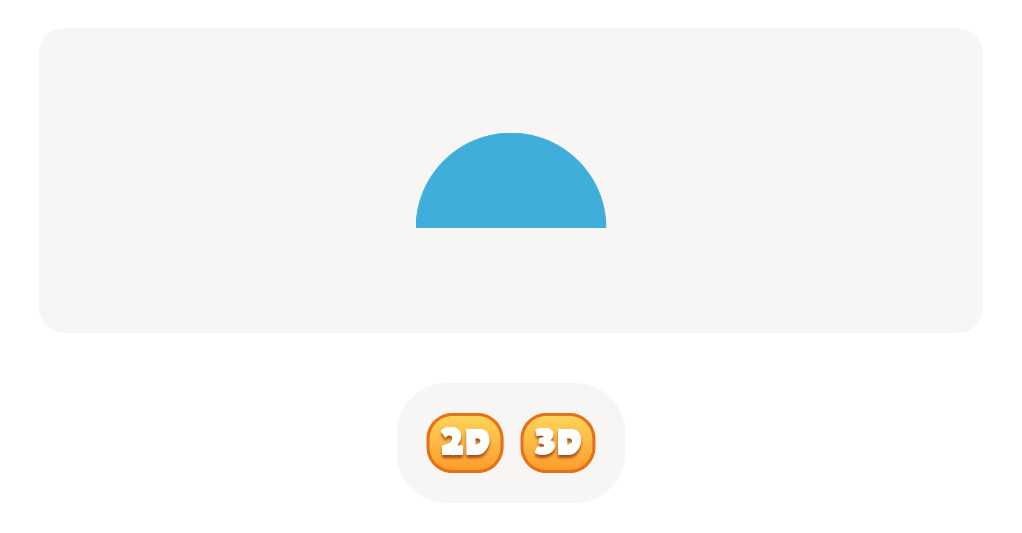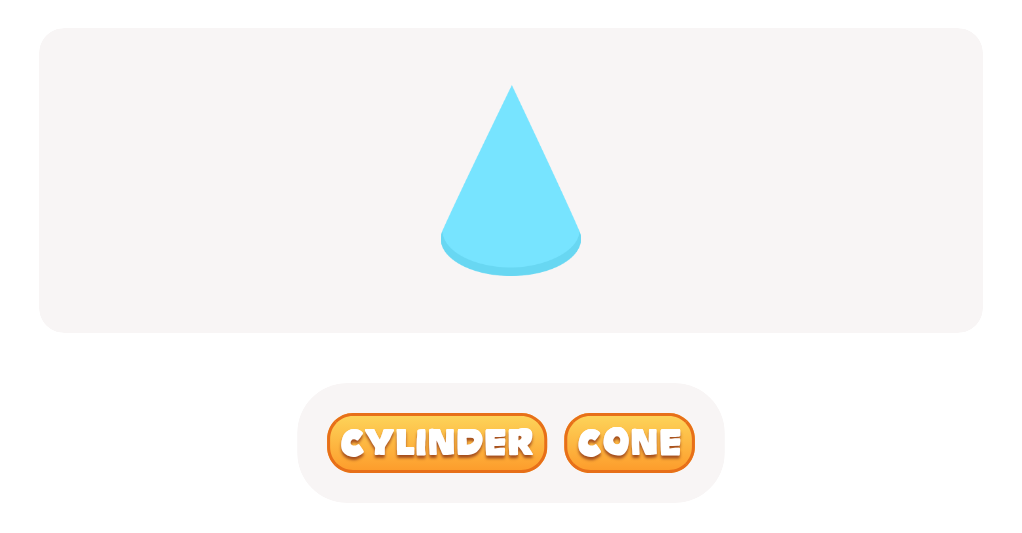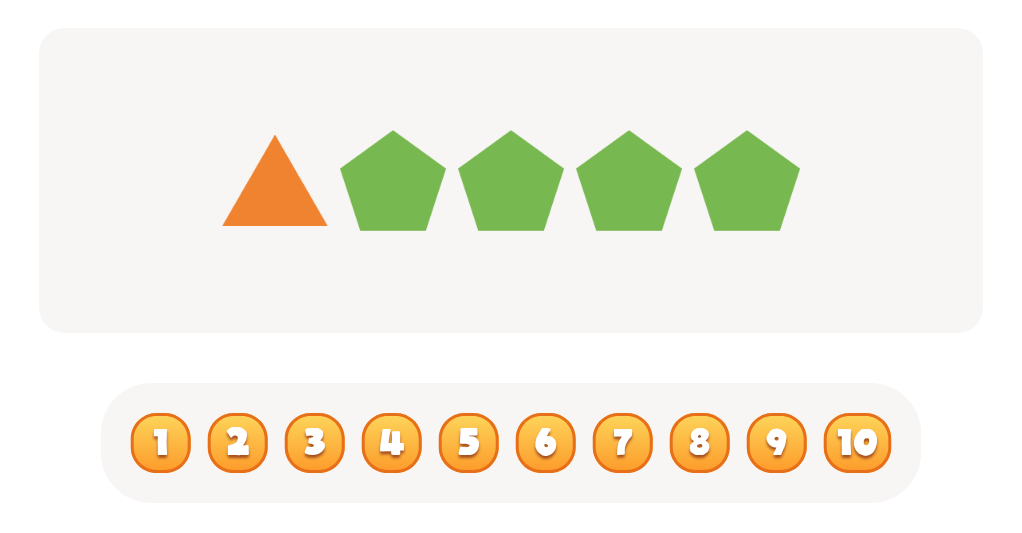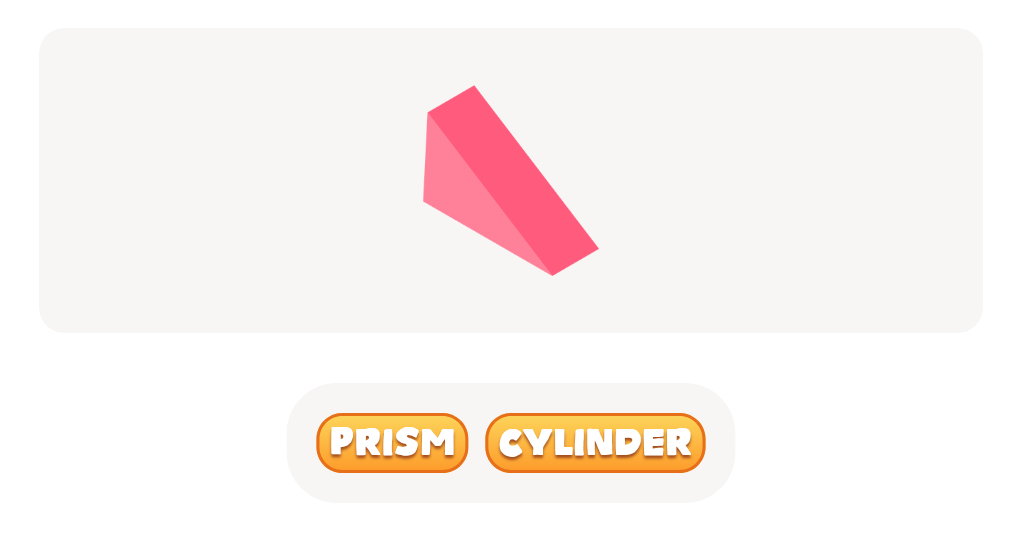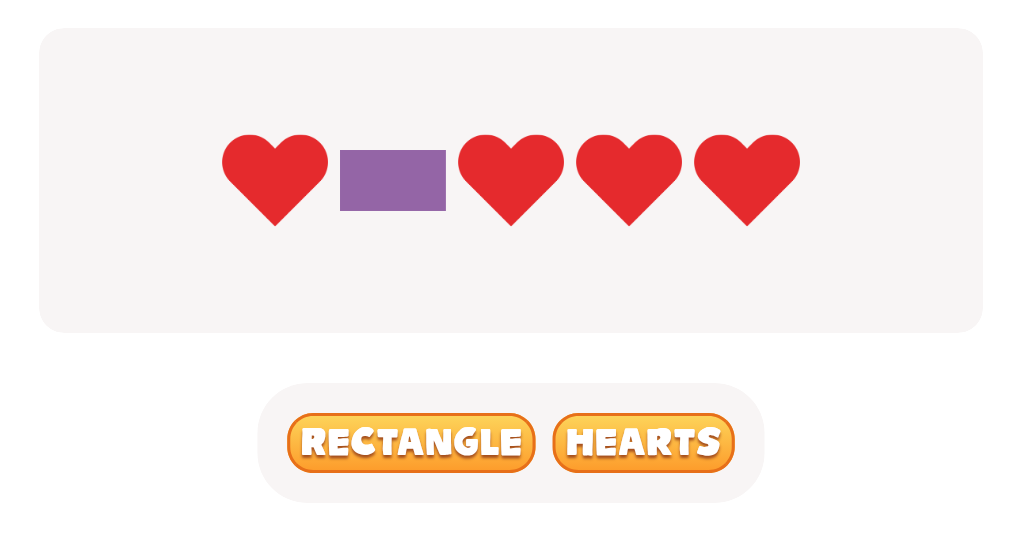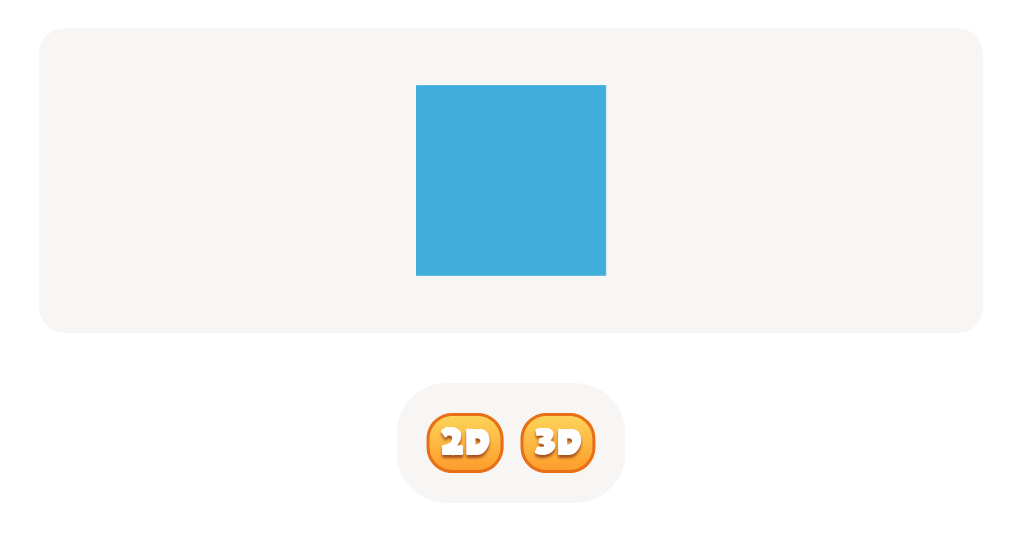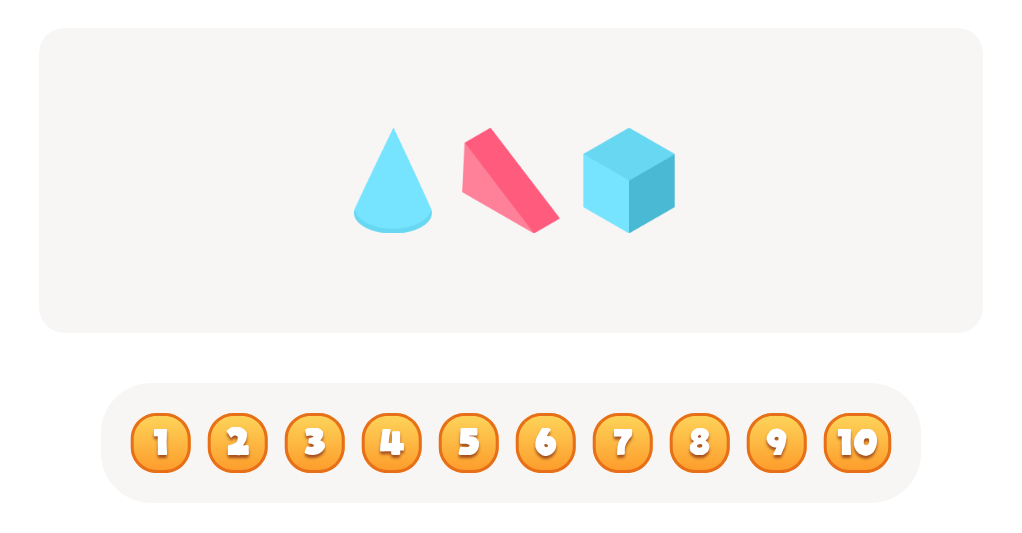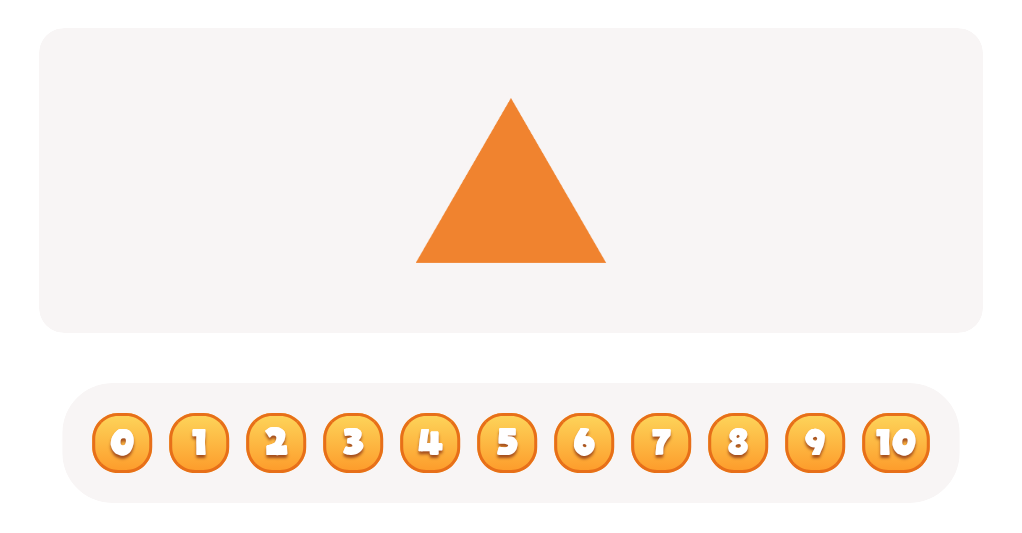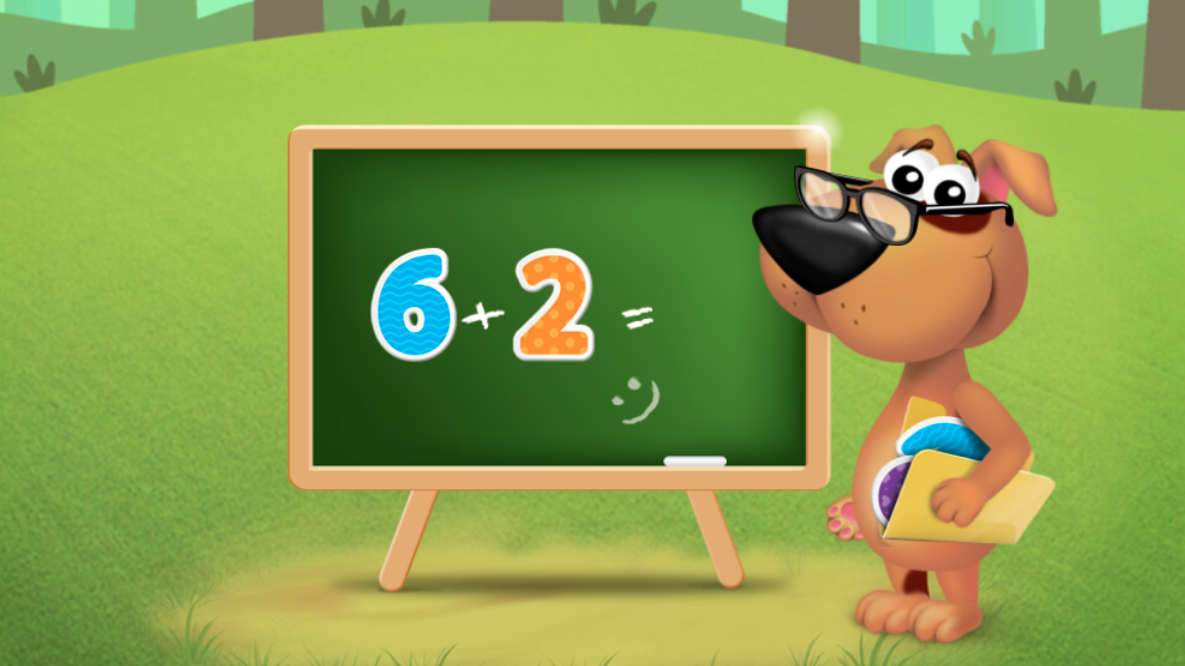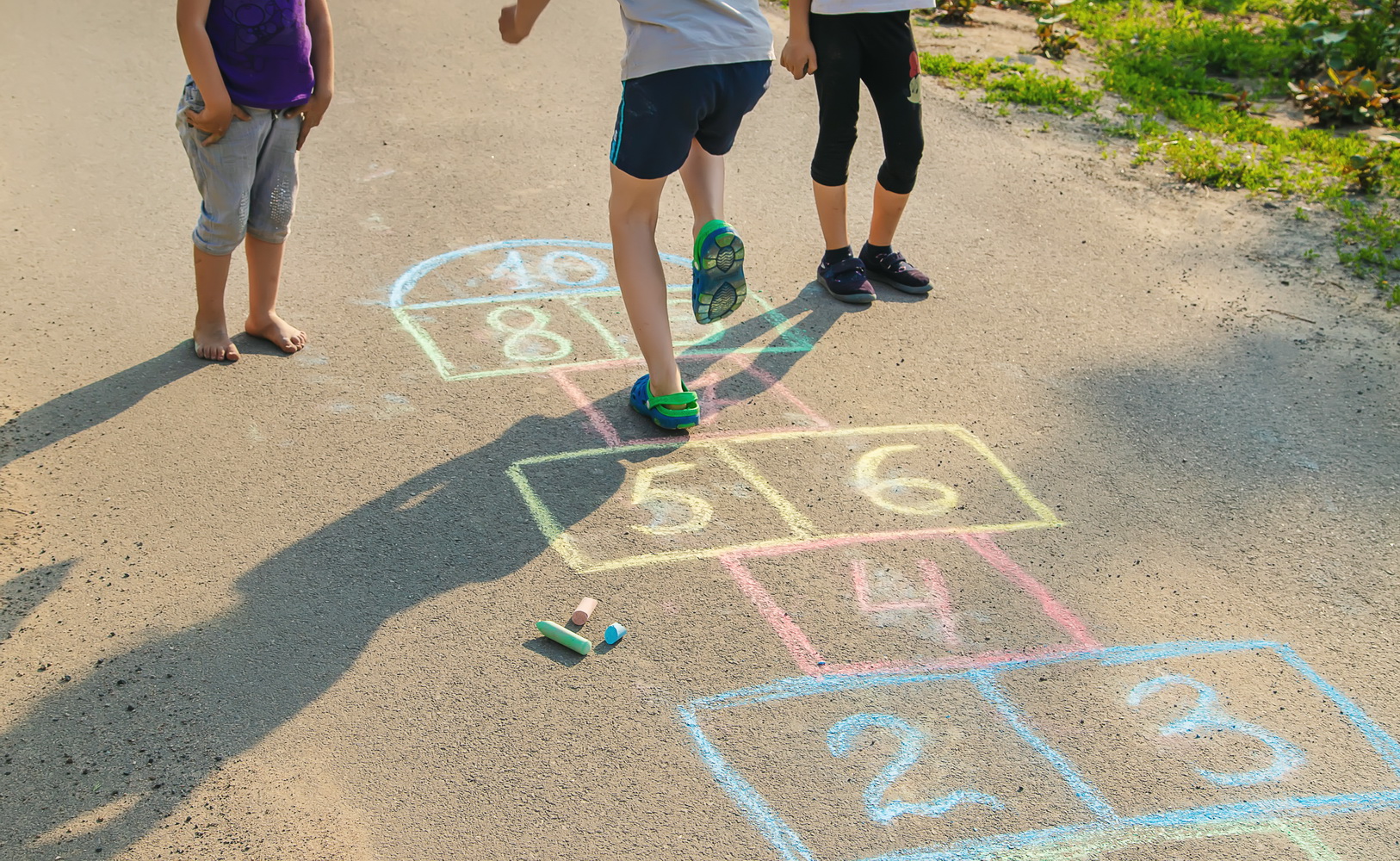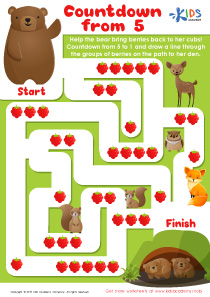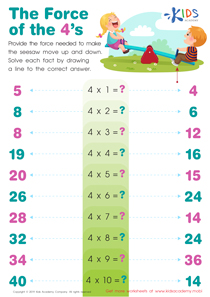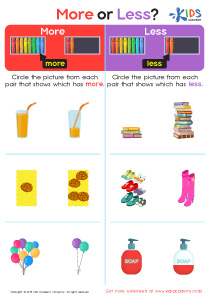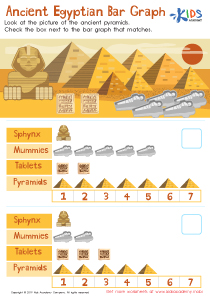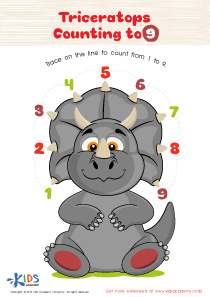Basic Math Skills Easy Geometry Worksheets for Ages 4-7
5 filtered results
-
From - To
Welcome to our "Basic Math Skills Easy Geometry Worksheets" tailored for children aged 4-7! Our engaging worksheets are designed to introduce young learners to essential geometry concepts, such as shapes, patterns, and spatial awareness. With colorful designs and simple instructions, kids will enjoy hands-on activities that make math fun and interactive. These worksheets foster critical thinking, improve fine motor skills, and boost confidence as children explore the world of shapes through games and exercises. Perfect for parents and educators alike, our resources support early math development while ensuring your child builds a solid foundation for future learning. Start their math journey today!


Cone Hide-and-Seek Worksheet
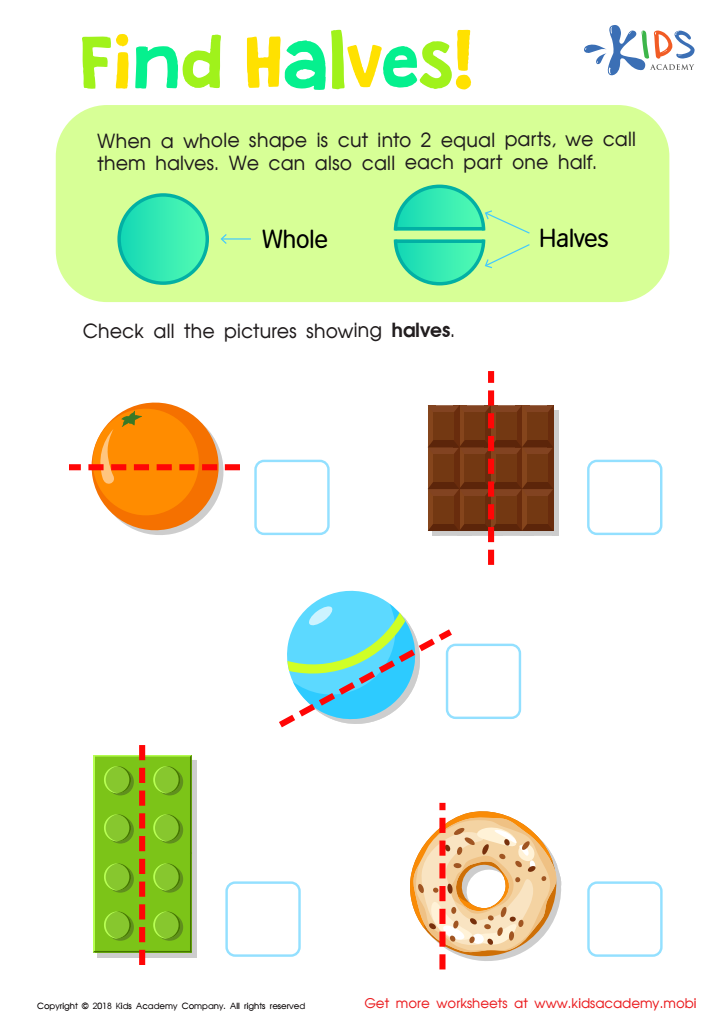

Find Halves Worksheet
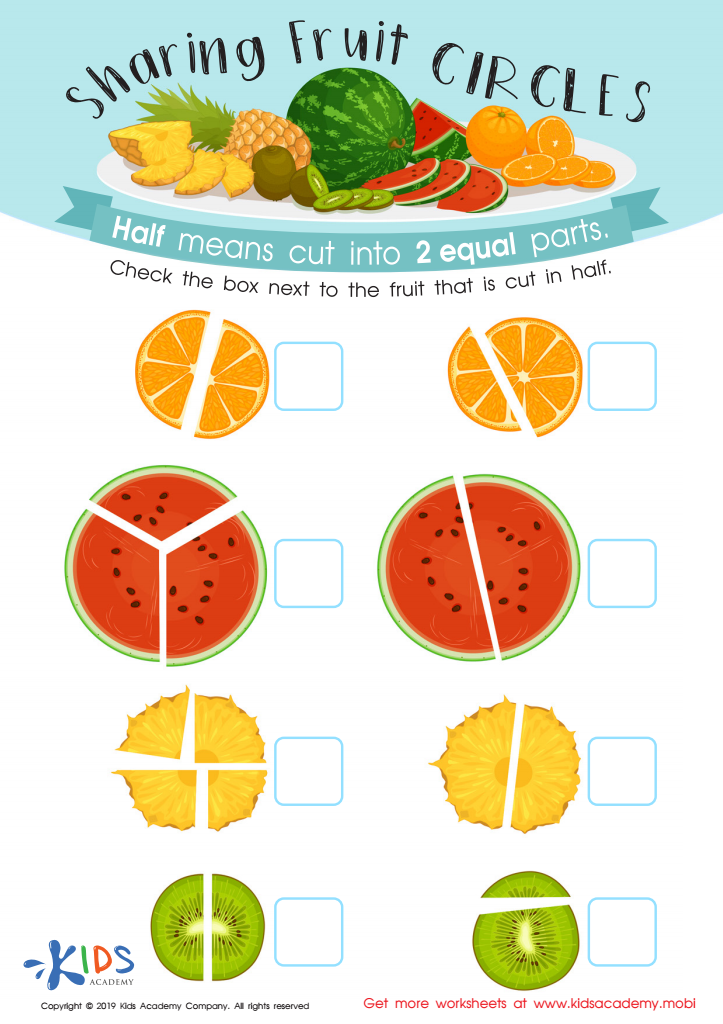

Sharing Fruit Circles Worksheet
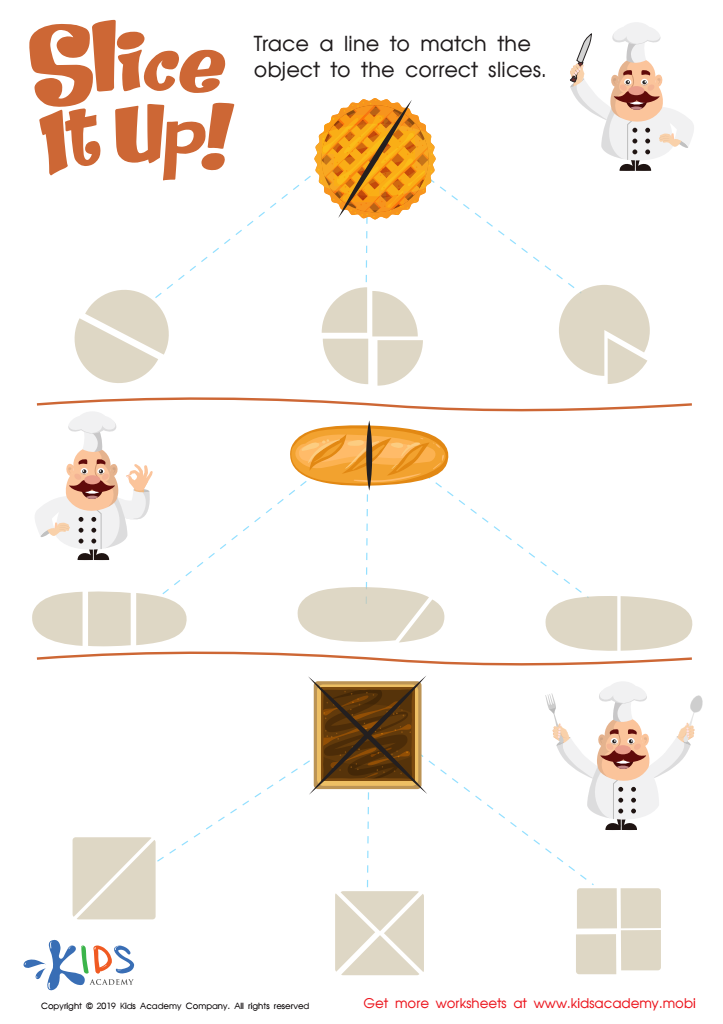

Slice It Up Worksheet
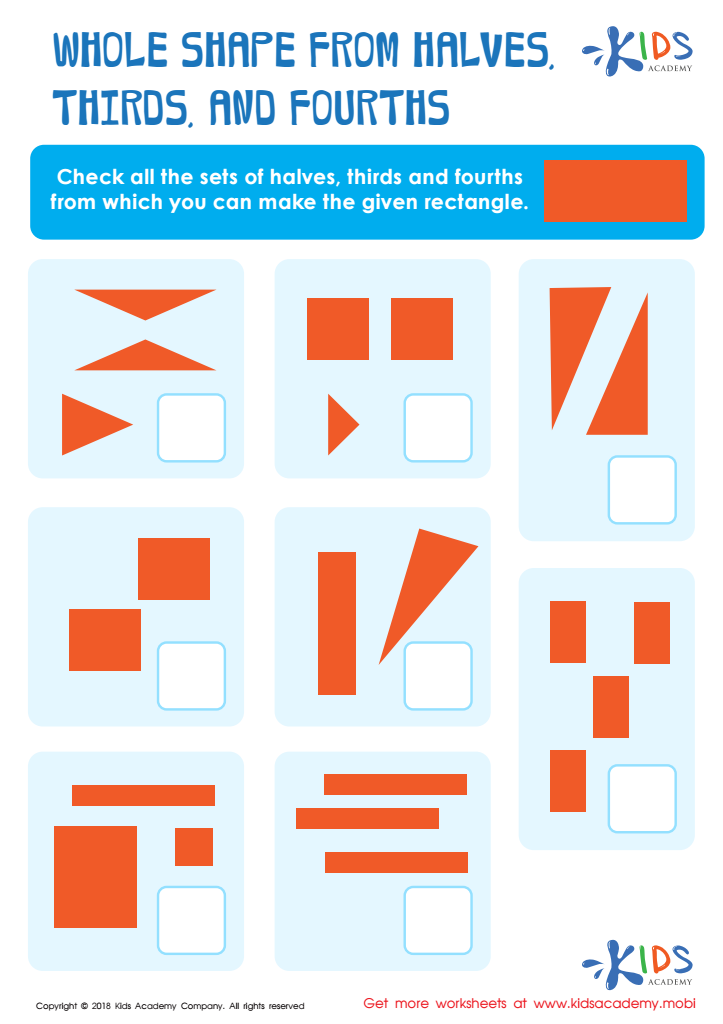

Whole Shape from Halves, Thirds and Fourths Worksheet
Parents and teachers should prioritize Basic Math Skills, specifically Easy Geometry for ages 4-7, because early mathematical understanding lays the foundation for future academic success. At this age, children are naturally curious and receptive to learning through engaging and relatable activities. Introducing geometric concepts such as shapes, spatial awareness, and simple measurements fosters critical thinking and problem-solving skills, essential for navigating everyday life.
Moreover, geometry helps stimulate cognitive development, enabling children to make connections between math and real-world experiences. For instance, recognizing shapes in their environment reinforces both visual and spatial reasoning. Engaging with geometry can also enhance fine motor skills through activities like shape sorting and drawing, making learning interactive and enjoyable.
Additionally, early exposure to these concepts helps mitigate math anxiety in later years, building confidence and encouraging a positive relationship with mathematics as a whole. When parents and teachers actively participate in nurturing these skills, they not only support academic readiness but also foster a love for learning, openness to challenges, and resilience in students. Thus, integrating Easy Geometry into early education cultivates a well-rounded, confident learner prepared to tackle more complex mathematical concepts in the future.

 Assign to My Students
Assign to My Students
